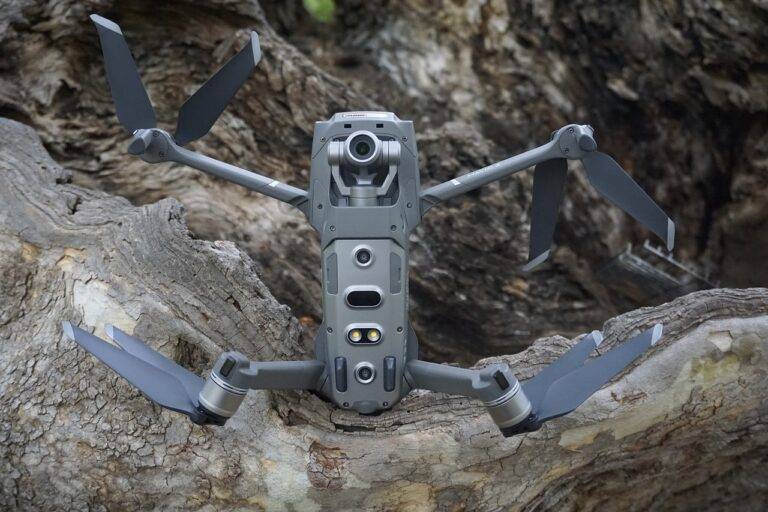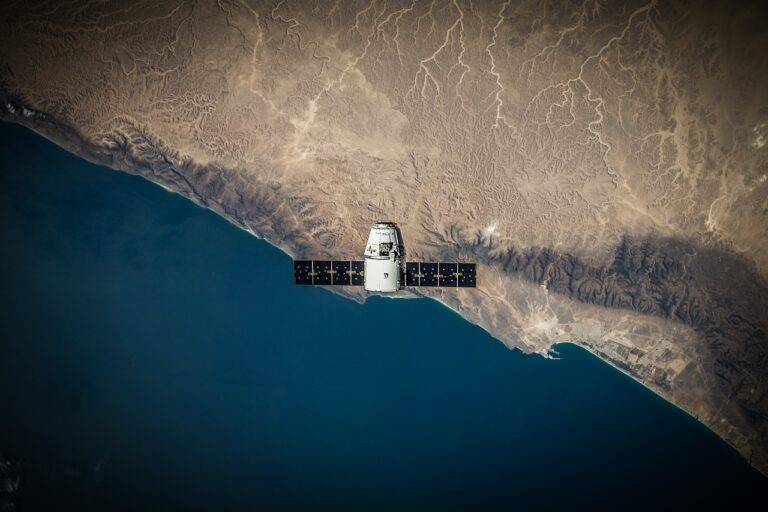The Impact of Robotics on Manufacturing and Labor Markets
Over the years, the manufacturing industry has witnessed a remarkable transformation with the integration of robotics into various processes. Robots have evolved from simple, single-task machines to highly complex, multifunctional systems capable of performing a wide range of tasks with precision and efficiency. This evolution has been driven by advancements in technology, particularly in the fields of artificial intelligence, machine learning, and sensor technology.
Today, robots in manufacturing facilities are not only faster and more accurate than their human counterparts but also offer increased flexibility and adaptability to changing production needs. With the ability to work around the clock without rest, robots have significantly reduced production lead times and increased overall productivity in manufacturing plants. The evolution of robotics in manufacturing has paved the way for a new era of efficiency and innovation in the industry.
The Advantages of Implementing Robotics in the Manufacturing Industry
Robotics in manufacturing have revolutionized the industry by enhancing efficiency and precision in production processes. Automated systems ensure consistent quality and reduce the margin of error, leading to higher overall product quality. Additionally, robots can work around the clock without taking breaks, ultimately increasing production output and meeting demand more effectively.
Implementing robotics in the manufacturing industry also contributes to a safer work environment for employees. Dangerous and repetitive tasks can be assigned to robots, reducing the risk of workplace injuries for human workers. Moreover, robots are capable of handling heavy loads and working in hazardous conditions, thereby protecting human employees from high-risk environments.
The Displacement of Human Workers by Robots
Robots have become an integral part of modern manufacturing processes, revolutionizing the way products are made. While they bring increased efficiency, precision, and productivity to the industry, the rise of automation has also led to concerns about the displacement of human workers. As robots are programmed to perform tasks that were traditionally carried out by humans, there is a growing fear that job opportunities for workers may diminish.
One of the main reasons behind the displacement of human workers by robots is the ability of machines to work continuously without the need for breaks or rest. This round-the-clock operation ensures consistent output and reduces the reliance on human labor. Additionally, robots can handle tasks that are repetitive, dangerous, or require accuracy beyond human capabilities. As companies seek to streamline their operations and cut costs, the temptation to replace human workers with robots in these roles continues to grow.
What is the main reason for the displacement of human workers by robots in the manufacturing industry?
The main reason for this displacement is the increased efficiency and productivity that robots can provide in comparison to human workers.
How have robots evolved in the manufacturing industry over time?
Robots have evolved from simple machines performing repetitive tasks to advanced machines capable of complex operations and decision-making.
What are some advantages of implementing robotics in the manufacturing industry?
Some advantages include increased productivity, improved accuracy, reduced labor costs, and enhanced safety for workers.
Will the displacement of human workers by robots lead to job loss?
While the implementation of robots may lead to job displacement in some areas, it also creates new job opportunities in the field of robotics and technology.
How can human workers adapt to the increasing use of robots in the manufacturing industry?
Human workers can adapt by acquiring new skills and knowledge in robotics, programming, and other relevant areas to remain competitive in the changing industry.





